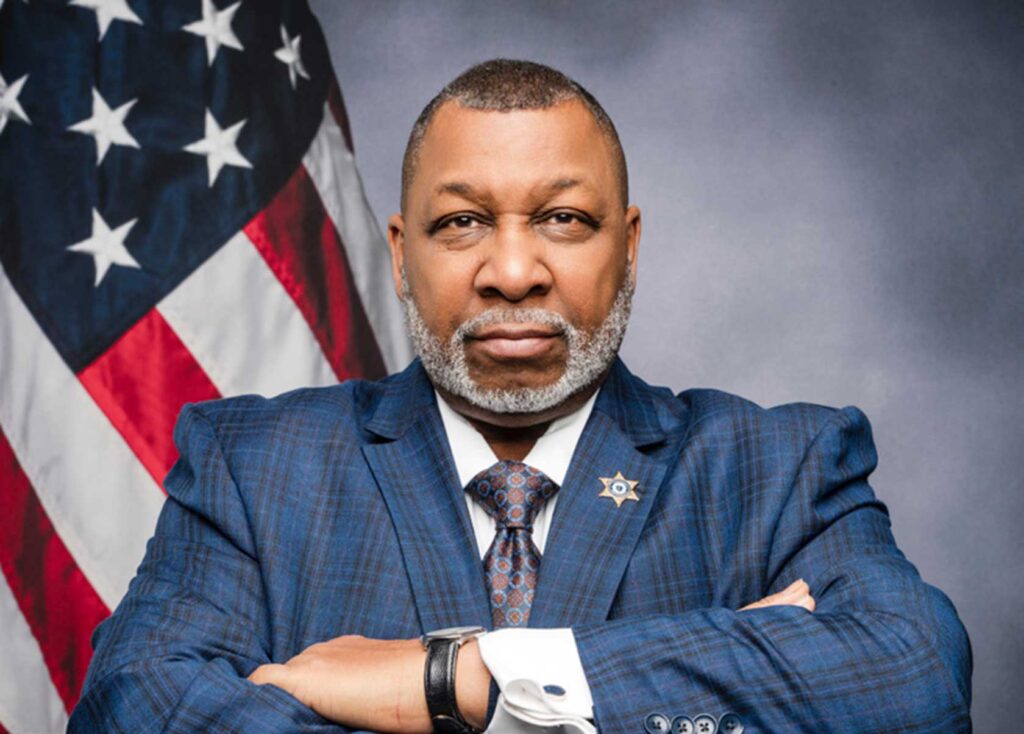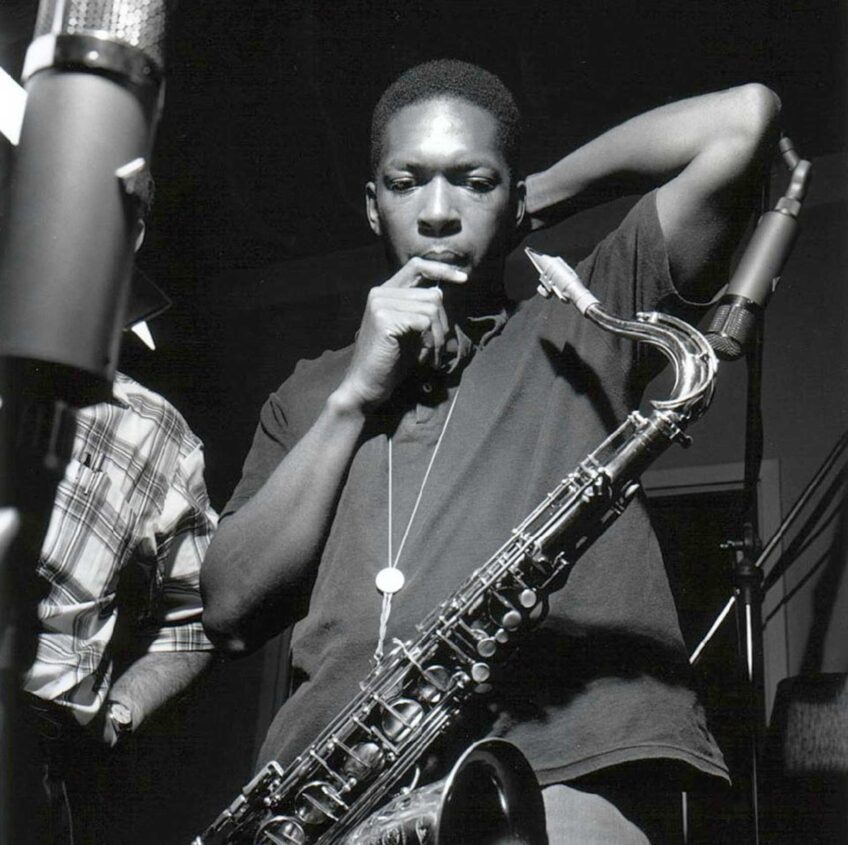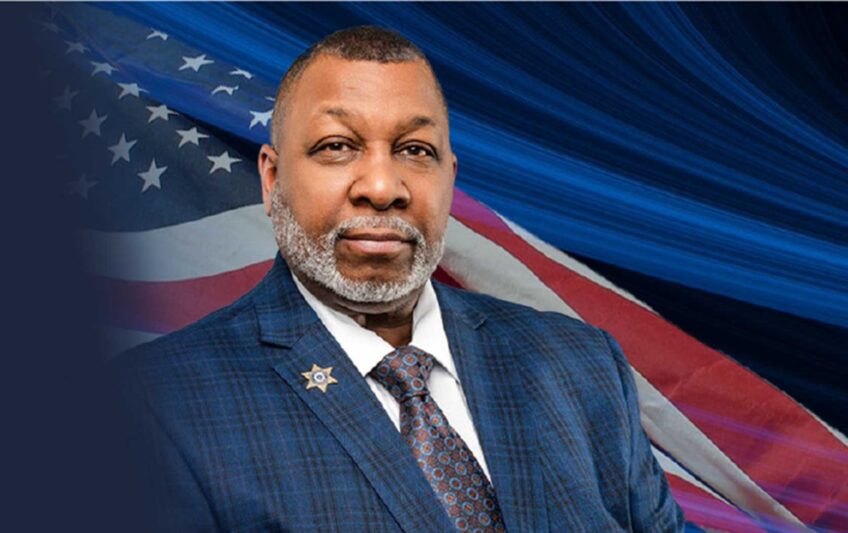
THREE THE HARD WAY: OUR SACRED BRANCHES OF GOVERNMENT
 Since its inception nearly two-and-ahalf centuries ago, our nation has revered and celebrated the powerful democratic principles contained within our founding document — the Constitution of the United States of America.
Since its inception nearly two-and-ahalf centuries ago, our nation has revered and celebrated the powerful democratic principles contained within our founding document — the Constitution of the United States of America.
Through our country’s inevitable, ongoing growing pains, across its many decades of struggles to continue evolving and expanding its sphere of inclusion to all who live between its shores, we have held fast to its ideals and intentions with an unwavering commitment to the systems created to preserve them.
Enshrined within our democratic structure, the Executive Branch, Legislative Branch and Judicial Branch work together to form a system of checks and balances. The Executive Branch, which enforces the laws of the land, consists of the sitting President, their advisors and a collection of agencies and departments that aid in the execution of this mission. The Legislative Branch, known more commonly as Congress, is made up of the House and Senate and is responsible for making laws, regulating commerce, and controlling taxing and spending policy, among several other im-portant duties. Congress is also the body that can officially declare war and negotiate treaties. Finally, there is the Judicial Branch, the U.S. Supreme Judicial Court (SJC), working alongside the Federal Judicial Center, which acts as the education and research agency for the federal courts. The highest tribunal in the country, the SJC “hears all cases and contro-versies arising under the Constitution or the laws of the U.S. It is the final arbiter of the law, tasked with ensuring the American peo-ple the promise of equal justice under law. It also functions as protector and interpreter of the Constitution.”
Enacted in 1787 to ensure the separation of powers, this system fully embraced democracy while serving as a rebuke to monarchy, tyrannical rule and the consolidation of power to a single “supreme authority.” Today, in 2025, our nation and its global allies hold our collective breath as we observe in real time its ability to withstand the all-out assault cur-rently underway by this administration.
In addition to actions listed in last week’s in-stallment of The Intersection, the Trump Ad-ministration has launched efforts to dismantle or destroy the Department of Education, the United States Agency for International Development (USAID), and Diversity Equity and Inclusion initiatives, while attempting to withhold the distribution of monies already appropriated by Congress, fire more than a dozen FBI members and special prosec-tors who oversaw the January 6 conspiracy case against Trump, and, possibly even disobey the rule of law by casting doubt about whether his administration needs to abide by a judge or court ruling if either opposes their efforts.
Similarly, the administration has challenged constitutional law by overstepping Executive Branch authority in an attempt to bypass legally required Congressional approval on a number of executive orders. While virtually every sitting president has utilized some form of the executive order to hasten their admin-istration’s agenda, what has been strikingly different about this administration’s orders is their wanton disregard for the system of checks and balances by attempting to over-ride federal laws and, in addition to its lack of concern about violating the Constitution.
Further muddying the legal waters, and ratcheting-up palpable levels of cross-country anxiety, a highly partisan Judicial Branch will be entrusted with its interpretation of the constitutionality of these and other issues.
All of this, coupled with the daily flood of overexposure to news covering every affront, insult or calculated taunt aimed at knock-ing any good, caring, law-abiding Constitution-respecting person off kilter is almost enough to make you believe that there’s noth-ing to be done, that we’ve already lost. Almost.
Because then, you’d also have to believe that two-hundred and thirty-seven-plus years of constitutionality has finally met its match in the leaders of this current administration.
But, how to restore some semblance of balance now and in the long term?
First, Congress must reclaim its legislative authority by curbing the excessive use of executive orders. Lawmakers must pass bipartisan legislation that limits the scope of executive action and reinforces congressional oversight, thereby strengthening our system of checks and balances and ensuring that the Executive Branch cannot unilaterally shape policy without legislative approval.
Next, Congress can help restore faith in the judiciary by depoliticizing judicial appointments and reinforcing the impartiality of the courts through a series of actions that include increased transparency in the nomination process, introducing term limits for Supreme Court justices and enacting reforms that prioritize legal expertise over political allegiance.
Finally and most crucially, the public must demand greater accountability from its elect-ed officials. We’ve witnessed widespread and growing disillusionment with government in-stitutions by our fellow Americans with grave concerns over executive overreach and con-gressional inaction. It is imperative that we wield our collective power through voting, advocacy and civic engagement to push for reforms that restore the intended function of government.
Lawmakers, community leaders, and citizens must all take an active role in shielding the very guardrails designed to restrain executive hegemony. Our democracy depends on the vigilance of its people, and it is incumbent upon us to ensure that the balance of power, so carefully constructed in our Constitution, survives for generations to come.






